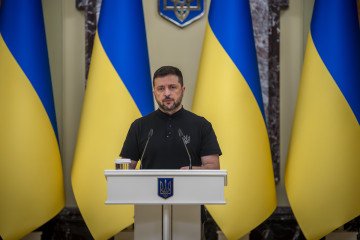- Category
- War in Ukraine
Russia’s Nuclear-Capable Bomber Jet Fleet Just Took a Massive Hit. What’s Left of It Now?
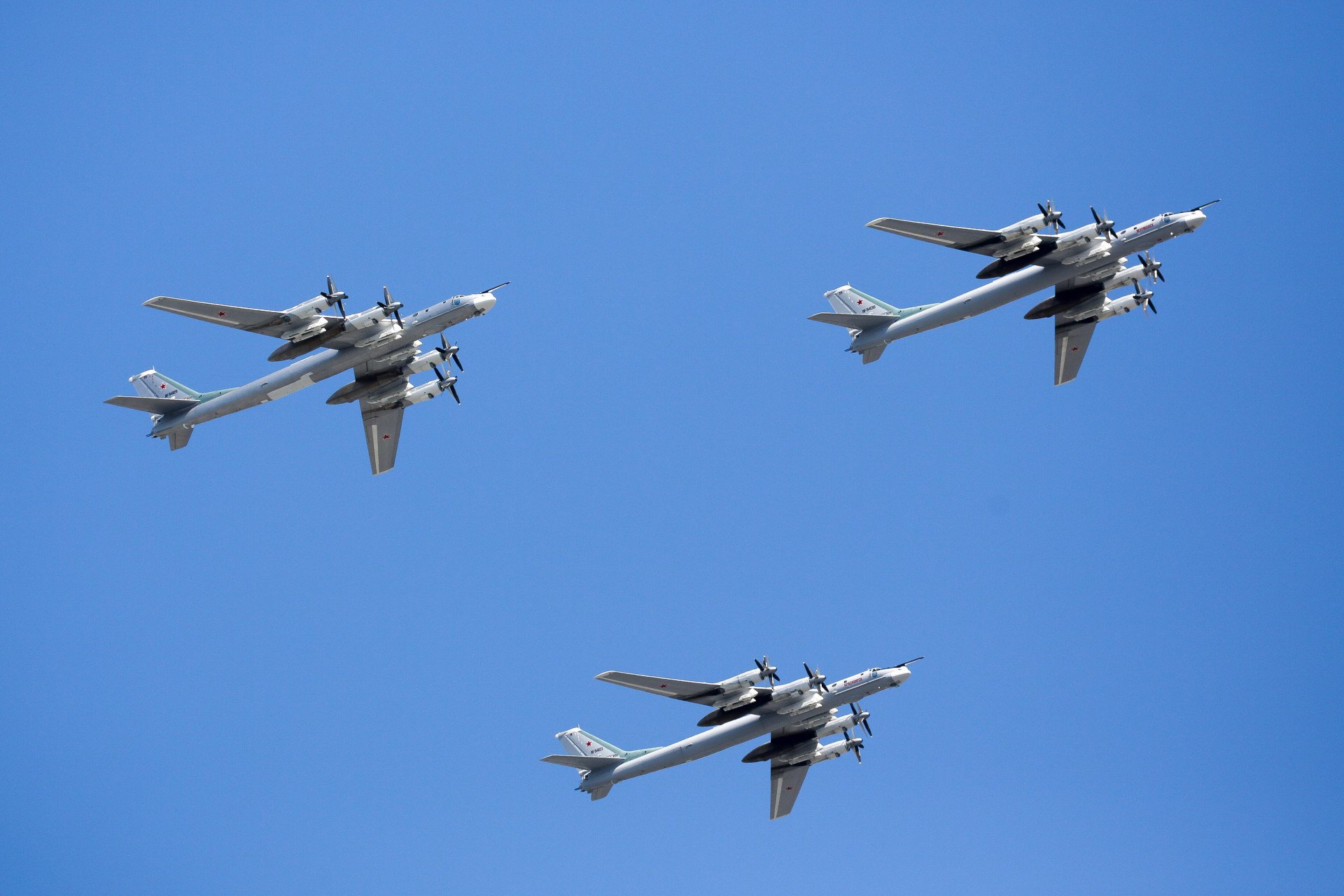
Ukraine’s bold strike to cripple Russia’s strategic aviation has once again proven: no military target in Russia is truly out of reach. The operation shattered a key pillar of Russia’s nuclear triad and earned thanks from some European leaders. What exactly did Russia lose, and how much firepower still remains in its aging bomber fleet?
A nuclear triad refers to a country’s three-pronged structure of nuclear strike capabilities: ground-based missile systems, submarine-launched missiles, and air-launched delivery platforms. In essence, it includes strategic bombers, nuclear submarines, and stationary or mobile land-based systems capable of delivering nuclear warheads. The United States and Russia both maintain such triads, and China is now increasingly being counted among their ranks.
During Operation Spiderweb on June 1, Ukraine delivered a devastating blow to Russia’s strategic aviation—one of the three pillars of its nuclear triad. For Ukraine, the operation was a defensive move to stop Russian bomber jets, as Russia regularly uses its strategic bombers to launch various types of missiles at Ukrainian population centers. Between May 24 and 26 alone, Russia launched over 90 missiles. Taking out the aircraft responsible is a direct path to a safer Ukrainian sky.
Russia’s strategic aviation fleet
There is no publicly available precise data on Russia’s strategic aviation fleet, largely because Moscow goes to great lengths to conceal it. Another reason is the fleet's aging condition.
Russia’s strategic aviation is made up entirely of Soviet-era designs, most of which were built decades ago. Since the collapse of the USSR, hardly any new bombers have been produced. The few that are still flying have undergone partial upgrades, but even that modernization process is agonizingly slow. As a result, it’s unclear how many planes are mission-capable, how many are in storage, how many are decommissioned, or how many are undergoing upgrades. Most available figures are rough estimates:
Tu-160 Blackjack: Estimated 12 to 21 aircraft
Tu-95 Bear: 58 aircraft
Tu-22M3 Backfire-C: 54 aircraft
The Tu-22M3 has been hit hardest by Ukrainian attacks, so the figure above is approximate. Before the full-scale invasion, Russian media reported about 60 in service.
Russia lacks any systematic production pipeline for these aircraft. The Tu-95 is no longer manufactured. The Tu-160 is being assembled under a special program, but progress is slow—only two aircraft have reportedly been completed since 2022. The production process is not streamlined but ad hoc. Both the Tu-160 and Tu-22M3 rely heavily on legacy Soviet-era components and design blueprints.
How much damage did Ukraine inflict on Russia’s strategic aviation?
During Operation Spiderweb, Russia’s strategic aviation suffered extensive losses. 41 aircraft of various types were either destroyed or damaged, Ukraine’s Security Service (SBU) reported. These include:
A-50 airborne early warning aircraft
Tu-95 strategic bomber jets
Tu-22M3 bomber jets
Tu-160 bomber jets
Open-source intelligence (OSINT) analysts also reported damage to An-12 military transport planes. The A-50s play a critical role in airborne reconnaissance and target acquisition for long-range missiles and air defense operations. Russia has only a few of them, making each an extremely high-value target. Their elimination significantly hinders both offensive and defensive air missions.
Exact breakdowns by aircraft type and damage extent are not available. However, OSINT groups have confirmed the destruction of at least 8 Tu-95s and 4 Tu-22M3s—both of which are key platforms for cruise missile attacks on Ukraine.
The irrecoverable losses
SBU estimates the total damage at $7 billion, likely based on an average unit cost of $160 million per Tu-160. But assessing the real cost of these losses is virtually impossible.
Tu-95s are no longer in production. The true cost of a Tu-160 is believed to exceed $160 million—even pro-Russian experts concede this. A major issue is Russia’s inability to establish a stable production line for these bombers. Unlike tanks, of which Russia can produce 15–20 per month, and fighter jets, which are produced at a steady pace (1–5 per quarter, around a dozen annually), strategic bombers have no functioning production ecosystem.
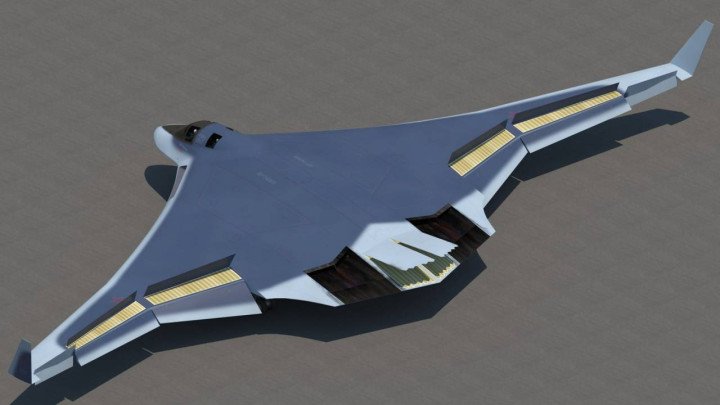
Russia has a secret bomber project known by multiple names: the Tupolev PAK DA, “Poslannik,” and Product 80. It’s said to be a stealth bomber akin to the US B-2, intended to eventually replace the Tu-95 and Tu-160. The project was originally scheduled for rollout by 2025, with serial production planned for 2027. But as of now, there is no public evidence of even a working prototype. Russian media have dubbed the program a “white elephant”—a costly undertaking with uncertain prospects that continues to drain state resources.
Regarding the rest of the fleet—aging doesn’t equal harmless. Despite their age, Russia’s remaining aircraft still pose a serious threat, not just to Ukraine, but to global security. Every operational bomber is capable of launching nuclear missiles. While the physical platforms are aging relics, their destructive power remains very real.
-29a1a43aba23f9bb779a1ac8b98d2121.jpeg)
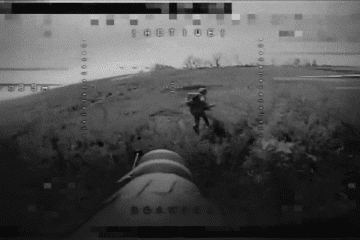
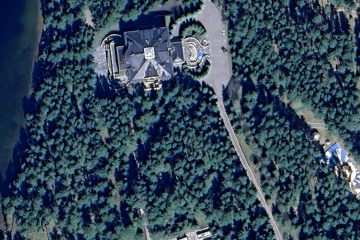
-24deccd511006ba79cfc4d798c6c2ef5.jpeg)


